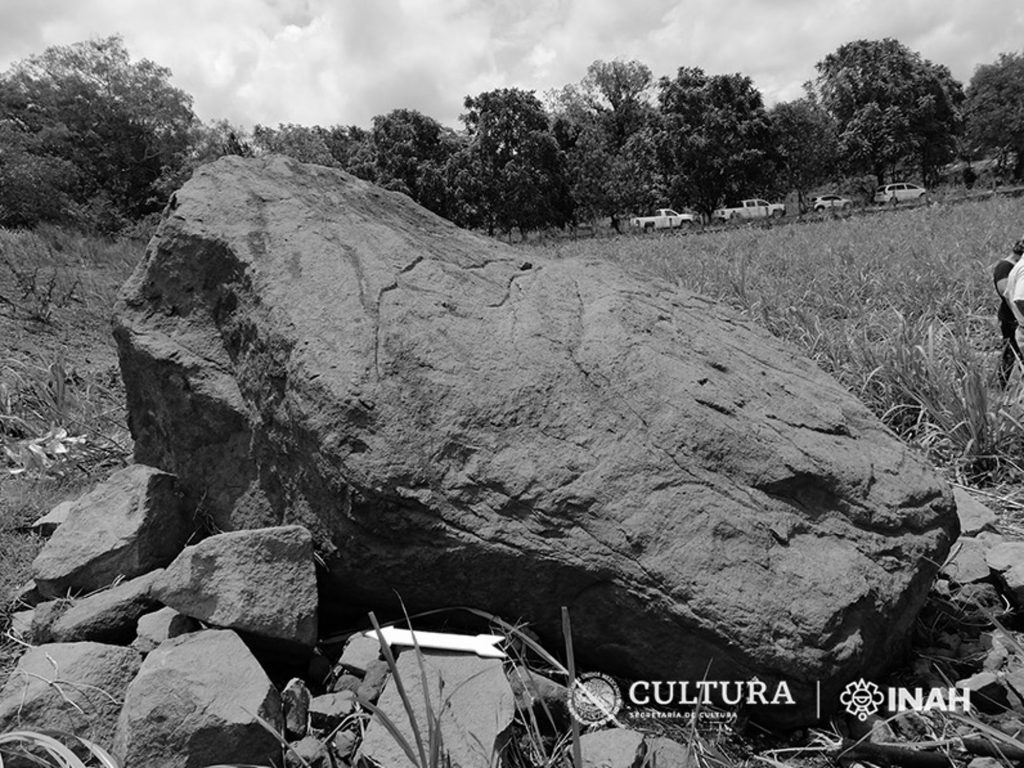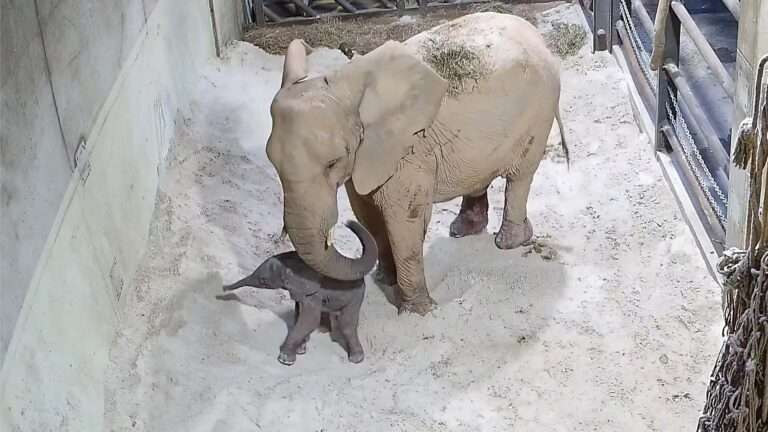Archaeologists have found this 2,000-year-old map carved into a stone – and it is believed to have been used to pass on information about the land to future generations by the pre-Hispanic inhabitants of southern Mexico.
The carving was found in the village of Suchitlan in the state of Colima in south-western Mexico where local residents alerted the National Institute of Anthropology and History of Mexico (INAH) about the discovery.
Experts believe the petroglyph – a rock carving or engraving – dates back between to 200 BC and 200 AD and is linked to the Western Mexico shaft tomb tradition, a set of interlocked cultural traits found in the western Mexican states of Jalisco, Nayarit and Colima which are believed to related to complex indigenous societies.

According to archaeologist Rafael Platas Ruiz, there are three different kinds of prints on the petroglyph that were used to depict orographic and geographic details about the land to the south of the Volcan de Colima volcano, also known as Volcan de Fuego.
Platas Ruiz said: “The highest part of the stone, which is 1.70 metres (6 feet) high and has an irregular width of between 2.17 metres (7 feet) and 2.77 metres (9 feet) and a thickness of 60 centimetres (23 inches) and 1.70 metres (6 feet), is pointing 20 degrees towards the northeast which means it is pointing towards the Volcan de Fuego.”
Platas Ruiz also told local media that there are small holes carved in the stone and aligned with the volcano which might represent the location of the ancient cities of the time.

The map is believed to have been used to understand the land and pass on information to future generations during a time where writing did not exist in the area.
INAH experts are reportedly studying the monument to decide to open it for exhibition in the future.
Platas Ruiz said: “The decision concerning opening the petroglyph to public visitors is linked to the director of the INAH centre in Colima who will have to study it with the Institute, the Colima municipality, and the owner of the private property.
“This case reminds us of the knowledge that people from ancient times who were carving and watching could gather.”

The prehispanic map on a 2,000 year old petroglyph 
Experts of INAH arriving at the scene where the 2,000 yo petroglyph was found
To find out more about the author, editor or agency that supplied this story – please click below.
Story By: Jonathan Macias, Sub-Editor: Joseph Golder, Agency: Newsflash
The Ananova page is created by and dedicated to professional, independent freelance journalists. It is a place for us to showcase our work. When our news is sold to our media partners, we will include the link here.




